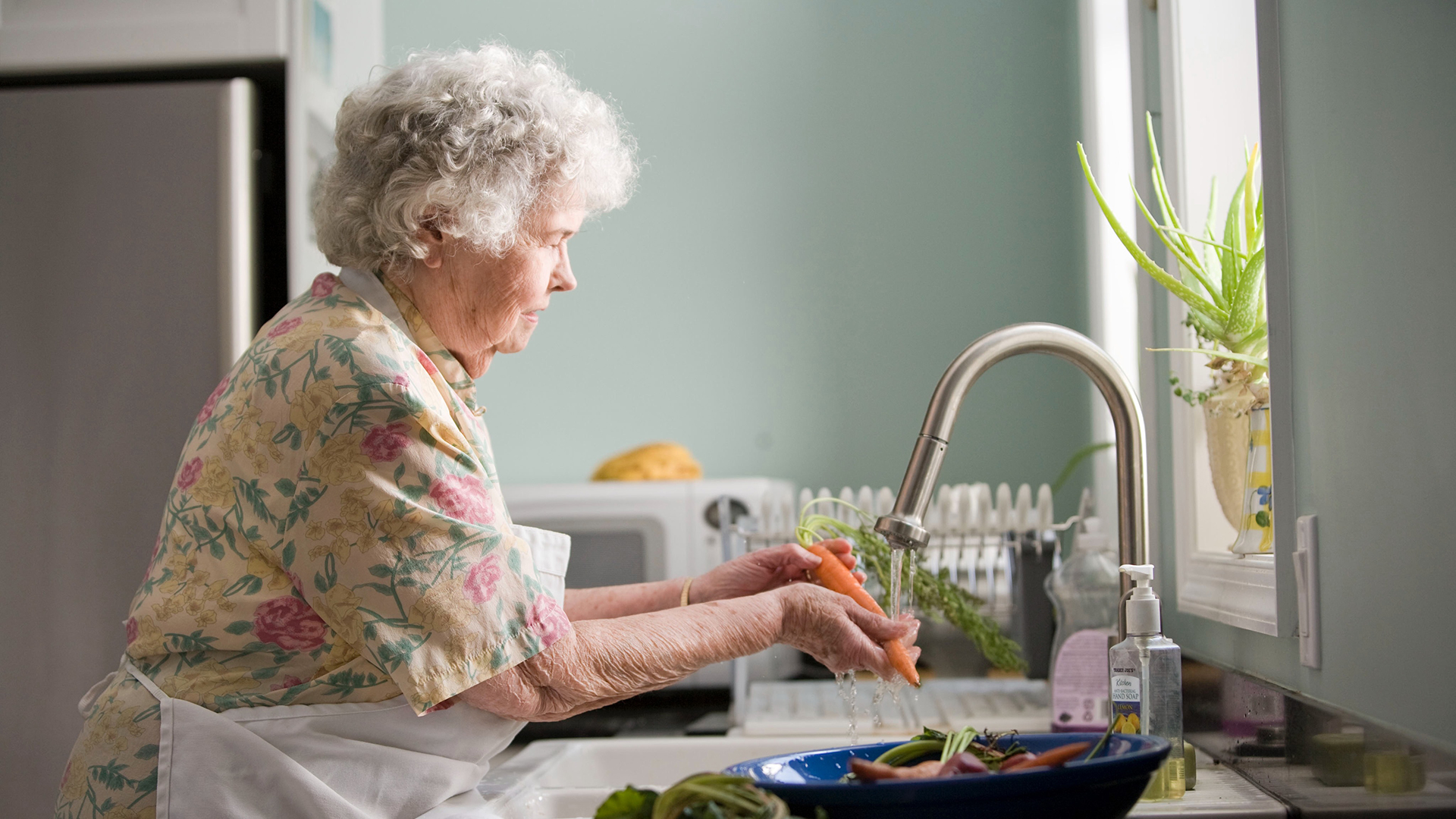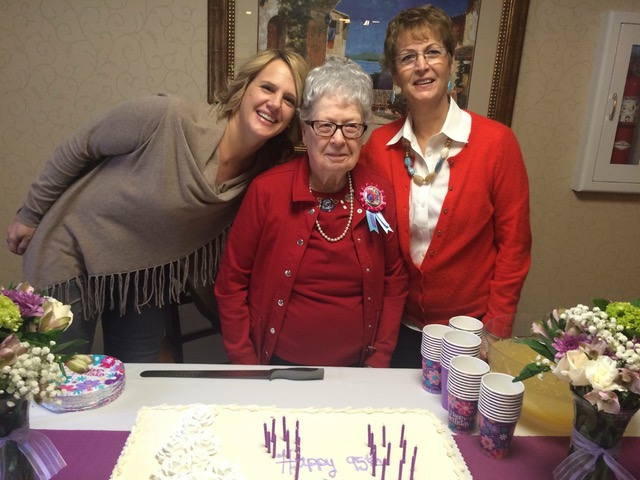Our goal at Sandwych is and always will be to facilitate the best possible experience for your loved one as they transition into life’s later years. In our increasingly fast-paced modern lives, we aim to advocate for the needs and wants of our elderly population. We find that knowledge is the best way to empower families and communities to navigate new decisions and unfamiliar terrain together.
What is a transition in living?
Oftentimes, moving from one home to another happens when we are seeking a change, expanding our families or downsizing our footprint. That said, a very specific moment of transition occurs in life’s later season, when we plan for the years ahead in a way that maximizes enjoyment and minimizes stress. At this point in one’s life, the decision to move and build for this next phase is most often made together with younger family or loved ones. Which is where you come in, and why your role in this process is so special. It’s an honor to help your elderly loved one imagine, establish and enjoy their next home and its new opportunities.
Why is this conversation (or more likely series of conversations) important to consider as parents, loved ones or family members begin planning for this next phase in their life?
The more empathy, curiosity and genuine care that you bring to even the earliest of conversations around the subject, the more expansive the possibilities. Exploring the topic with transparency and openness enables you to share in the feeling of co-creating a life experience, and empowers your loved one to feel confident as they design their future day-to-day.
When should these conversations start happening?
The timeline for the different phases of a transition in living can vary from family to family. Some might want to make the change in a fairly short window of time, while others might feel more comfortable weighing the options for several months or even years. Consider your loved one’s personal history and how they have moved through moments of significant life change in the past. These recollections will be a helpful guidepost.
What about the transition itself, is there a ‘right time’ to make a move like this?
Again, this will vary from family to family, but it will always be preferable – and easiest on everyone involved – to have a plan and to feel proactive in the face of unforeseen circumstances or health issues that might arise unexpectedly. Of course, common motivating factors that expedite a move are changes in mobility, proximity to family, medical challenges and a desire for supplemental community beyond the home itself.
Now that we’ve decided that this change will happen, what are our options and where do we start?
The first thing to recognize is that your loved one will be moving from a mode of independent living to one that has varying degrees of assistance. If your family is considering a facility, there are many types, and finding the right one for your elderly loved one and for your family can be as welcoming a process as you’d like it to be. Perhaps the conversation might even evolve toward in-home care options – either at your loved one’s current home or within the home of a family member. The important thing to remember is to begin these conversations early and with empathy.
While there are many preconceived notions around the housing options that exist for our elderly community members, it’s important not to bombard them with information that might cause overwhelm or worry. Consider yourself the first filter as you research the options in your area using the valuable input you’ve gleaned through your ongoing conversations together. Scheduling in-person or virtual meetings with facility coordinators in your area is a great place to start.
How can I best prepare myself for the different stages of this process?
Remember that one of the most important elements of the process is to maintain compassion for the difficulty that might surround even the smallest of decision points. This transition is likely more than a physical move for your loved one, and it will probably prove to be emotionally charged at times. If you use this as your lens, you can better equip yourself to assist with the preparatory planning stage, the physical moving (and downsizing) of the home itself, and the settling into and cultivating of the new environment and community.




